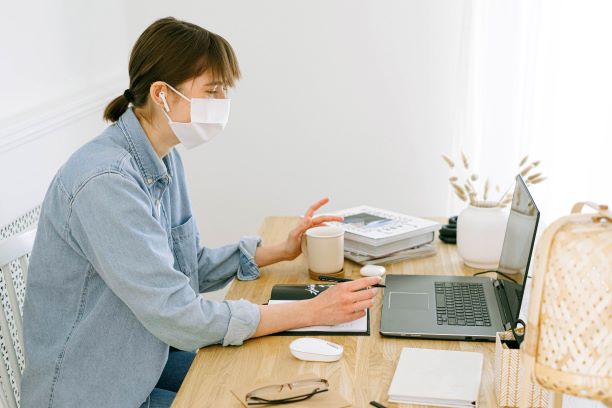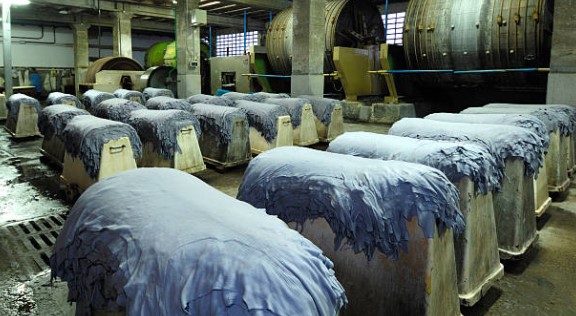The world appears to have moved from house arrest to purgatory, with little prospect of ever escaping completely from COVID-19. Hopefully before long we will have a vaccine, but increasingly this looks like only a partial solution, allied with a danger of worrying repercussions if politicians shortcut the testing process to get it something out early. Even the countries that dealt with the pandemic most effectively and thought they could get quickly back to work have been stalled by the interconnected world where troubles elsewhere impact on their ability to function effectively.
With such varied and ever evolving situations around the world it seems likely we will have to learn to live with this Coronavirus and adjust to a world recovering slowly to a permanently different state. If we ever thought we could define normal, the “new normal” will not certainly not be like the world of 2019. Too much has happened.
In many countries our politicians have not accepted this, but mostly this is because they are creatures suited to the 20
th century, but not at all appropriate for the 21
st century. They appear to want our employees all back in work, commuting, shopping, eating and enjoying hospitality as though little had happened, measuring success by overcrowded public transport and highways with levels of pollution matching those of December 2019.

But the world has moved on. Many companies with office-based staff have told them to work from home “indefinitely” or opened more local branches or hubs to avoid the big commute. We are told that international aviation might take up to three years to recover and planes have been parked up, and staff made redundant accordingly. Teaching has now transferred to blended whereas before this was a curious technical term to many staff.
3-years of expected development has been pushed into 3-5 months
Some of the changes we are seeing have been no more than acceleration of big trends ongoing over the last few years within communications, supply chains, Industry 4.0, the nature of work, transport, energy and education. In quite a number of these the current pandemic has pushed 3-years of expected development into 3-5 months.
Yet as with working from home the pendulum needs time to find equilibrium. The widely lauded advantages of avoiding the commute, having greater flexibility, fewer interruptions of #WFH are balanced by those living in cramped accommodation with little or no private space and the loss of the interactions that build the social capital, the creative serendipity and the psychological benefits of community. The value of these weak links, of the five minutes of social conversation before and after a meeting, the ten minutes of walking between meetings are coming clear: as is the importance of community to younger employees needing to build personal networks and receive regular mentoring.

Perhaps the future does lie in replacing huge monolithic office blocks with systems such as two or three days at home, and smaller spacious offices not only in cities but in suburbs and regional centres. Let us hope that the days of over-cramped open plan offices and relentless hot desking can be diminished, and someone can work out how to better manage a conference call that has half the team round a social distancing conference table, ant size and inaudible on screen, while the other attendees are individually head and shoulders on line. On the clearly positive side this should lead to some reduction in pollution and particulate matters in major cities where it has become clear that even a small reduction of activity has a huge impact on health: add in more cycling and walking and everyone gains.
In the leather industry only at the level of some the brands, who largely source products, do these large office facilities exist. For most we have small administrative teams supporting in plant operations where our lives are all about the technology and craft of manufacture itself. Each establishment will have had to consider how social distancing will work within their factories. For tanneries this is generally not too big a problem as there are only some machines – bovine fleshers and splitters, toggle units and the like – where staff have to stand together. Meat packers and some makers of leather product have set ups much more tightly packed with workers, and often using low cost labour who live in cramped housing and travel to and from work together. Here we will probably see reduced production while some investment in automation or extra space is made. It seems unlikely that employers and staff will accept returning to things as they were before. People like Clement Tönnes whose slaughterhouses in Gütersloh, Germany had 1300 COVID infections as it swept through his plants will not want a repeat of the publicity and scrutiny regarding working conditions in his plant. As well as investment in space and automation hopefully we sell an equivalent investment in staff welfare.
 COVID related considerations added to inspections
COVID related considerations added to inspections
Equally those sourcing internationally will start to add some COVID related considerations to their inspections, so that over-proximate workers will not only be a concern related to fire and escape routes but also with regard to future infections.
Another area of change will be the treatment of guests. With current travel restrictions varied and sometimes erratic quarantine rules makes travel very difficult, and many companies are reluctant anyway for their staff to get on aeroplanes for lengthy trips. So we need to be thinking how virtual tannery tours can allow existing and potential customers can inspect the tanner and feel and smell the leather, as well as how to hold effective meetings where sizeable business is being transacted. We might have been good at running webinars and Zoom chats, but now we have to think about the hard edge of signing contracts.
Although there will have been a horrendous loss of turnover for suppliers to the tanneries, such as the chemical companies, this will have been offset to some degree by a big reduction in travel expenses as the relentless globe-trotting of sales staff abruptly stopped. One wonders how much will restart; be assured it will different this time round. Why not only one in three meetings being in person?
Trade Shows will also change as post COVID 19 it seems unlikely companies will return to previous levels of “total travel” for their staff. There was a time, not so long ago, when only small numbers of staff attended trade shows and this changed the nature and objective of discussions. It has not always been clear that the “full team” approach has been helpful for tanners. Are we clear that the benefits were greater than the increased cost and higher hospitality bills pushed onto the chemical suppliers. Smaller teams should make social distancing easier on most stands.
In reality the entire subject of the future of work has to be under review. Talk of the “hundred-year life” has become a mainstream topic. It has put into doubt the three stages of education, work and retirement as a sequential concept. Most jobs today did not exist 50 years ago, and the speed of change has been accelerating. Saving enough to retire at 60 or 65 is only going to be possible for a tiny few, as working to 80 will become more of the norm. This will definitely require mid-career retraining to have relevant skills. And in a family situation with both partners working career breaks to support one another through family events will be necessary, and part time working will be more common.
Technology is fast changing the jobs we do, as is already obvious; but we appear to be on the edge of major breakthroughs with Artificial Intelligence, Chatbots, Robots and self-driving vehicles that could change the scale and reach of the loss of traditional employment. We always come back to Alvin Toffler’s comment that “the future arrives faster than you expect, and in the wrong order”, but however it looks change itself is inevitable.

Even with a vaccine and much better and faster testing it is going to be a long time before we can look back at COVID-19 in the past. This pandemic has reached every country, appears to have become endemic in many places and will be hard to stamp out. Even when it is long gone our lives and work will not look the same.



